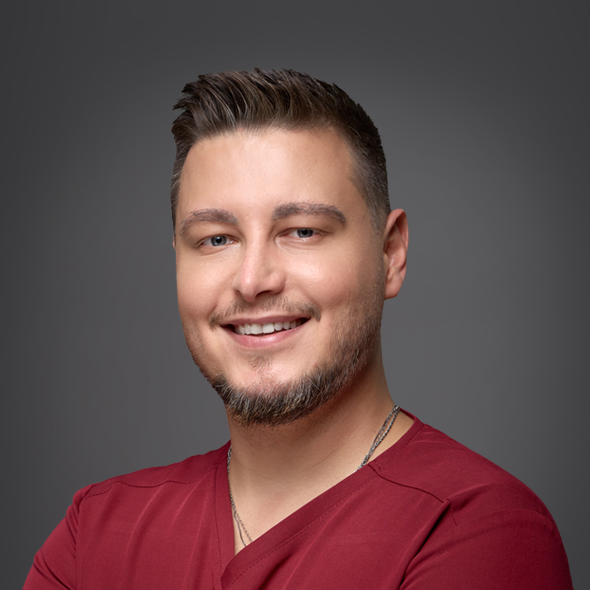
For whom is laser vascular closure a good option?
Laser vascular closure is a procedure that helps get rid of telangiectasias, or so-called vascular spider veins. This is one of the most common forms of venous circulation disorders, which occurs primarily in women. It should be noted that the characteristic red or blue veins visible on the skin do not disappear on their own, it is necessary to undertake treatment. Laser-assisted vascular closure treatment is also carried out on people with port wine nevi (congenital capillary malformations) and ruby hemangiomas (also known as senile hemangiomas).
Preparation for the procedure
The skin undergoing the procedure should not be tanned, so it is necessary to give up the use of tanning beds, sunbathing and the use of self-tanner. One month before the procedure, preparations with vitamin A derivatives, including retinol and isotretinoin, should be discontinued, as well as skin care treatments such as microdermabrasion or deep peeling should be avoided. It is also inadvisable to use cosmetics with acids and vitamin C in the composition. In turn, a week before the procedure, the patient should stop taking teas, dietary supplements and other preparations with photosensitizing herbs, including calendula and St. John's wort.
What does the laser vascular closure procedure look like?
Vascular closure uses the Stellar M22 neodymium-yag laser, which has a wavelength of 1064 nm. The skin does not require anesthesia, it is even contraindicated, since the cream used shrinks the vessels. The procedure lasts an average of 15 - 45 minutes, and a burning, pinching or stinging sensation may be felt during the procedure. The patient should not complain of pain or discomfort, as the device used to irradiate the skin is equipped with a special cooling tip.
The laser beam emitted during the procedure leads to heating of hemoglobin, clotting and closure of the dilated vessel, without damaging the skin. A regenerative protective preparation is applied to the treated parts of the body. For small vessels, their closure is possible the first time, while for larger ones it is necessary to have a series of several treatments, performed every 6 weeks.
Recommendations after the procedure
Laser vascular closure is not an invasive procedure, so you can go home immediately after the procedure and return to your daily activities. No makeup should be applied for 24 hours, and for 7 days it is advisable to use a product to help the skin (which may initially be red and slightly swollen) recover. During this time, the patient should also avoid activities that cause overheating and congestion of the skin, including taking hot baths, intense workouts and visiting saunas. For one month after the procedure, it is necessary to remember SPF50 photoprotection.
Important information
Duration of treatment
15-90 min (depending on the surface)
Required tests
-
Anesthesia
local
Stay at the clinic
discharge immediately after the procedure
Recovery
Full recovery takes about a week, but you can usually return to professional activity after just 2 days. Immediately after the procedure, the skin will be red and swollen. Later, scabs may appear, which will fall off after a few days, and should not be rubbed or scraped off. Makeup is contraindicated for 24 hours after the procedure. UV Filter 50.
Removal of sutures
-
Changing dressings
-
Who performs the procedure
Dr. Aleksandra Rymsza
Contraindications
pregnancy, recent sunburn, use of self-tanning products, anticoagulants, active skin lesions, active epilepsy, cancer, implanted pacemaker, tendency to develop keloids, albinism, skin irritation at the treatment site, use of photosensitizing agents (vitamin A derivatives, tetracycline antibiotics, St. John's wort, calendula)


















